The United States has experienced devastating droughts throughout its history, but few Americans today fully comprehend what a true mega-drought would mean for our modern society. These extended periods of severe dryness, lasting decades rather than years, have transformed landscapes and civilizations throughout history. Archaeological evidence suggests that mega-droughts contributed to the collapse of ancient societies like the Ancestral Puebloans in the American Southwest. With climate change accelerating and water resources already strained across many regions, the U.S. faces a growing risk of experiencing another mega-drought—one that would test our infrastructure, economy, and social fabric in unprecedented ways. This article explores the potential consequences if such a climate disaster were to unfold across America in the coming decades.
Understanding Mega-Droughts: Beyond Typical Dry Spells

A mega-drought isn’t simply a worse version of the seasonal droughts many regions experience. Scientists define mega-droughts as severe dry periods lasting two decades or longer. The American West experienced several such events between 800 and 1600 CE, according to tree ring data and other paleoclimate records. These extended periods drastically reduced water availability, transformed ecosystems, and disrupted human settlements. What makes today’s situation particularly concerning is that modern climate models suggest we may be in the early stages of a new mega-drought, exacerbated by human-caused warming. The southwest U.S. has already experienced abnormally dry conditions since 2000, with some researchers suggesting this could be the beginning of a much longer dry period. Unlike historical mega-droughts, today’s event would affect a nation of 330 million people with complex water infrastructure and massive agricultural operations dependent on reliable water supplies.
Agricultural Devastation and Food Security Concerns

Agriculture would be among the first and hardest-hit sectors during a prolonged mega-drought. The American West and Great Plains together produce much of the nation’s food supply, with California alone providing over a third of U.S. vegetables and two-thirds of its fruits and nuts. Under mega-drought conditions, irrigation-dependent farming would collapse in many regions as reservoirs and aquifers deplete. The Ogallala Aquifer, which supplies about 30% of all groundwater used for irrigation in the United States, is already declining at unsustainable rates. A mega-drought would accelerate this depletion, potentially causing widespread crop failures and disrupting food supply chains nationwide. Studies suggest crop yields could decline by 40% or more in severely affected areas, driving food prices higher and creating economic hardship. The ripple effects would extend globally, as U.S. agricultural exports would plummet, potentially causing food insecurity in countries dependent on American farm products.
Water Wars: Interstate and International Conflicts
Water rights already represent one of the most contentious legal battlegrounds in the American West. Under mega-drought conditions, these conflicts would intensify dramatically. The Colorado River system, which supplies water to seven U.S. states and Mexico, would become a flashpoint for disputes as reservoir levels at Lake Mead and Lake Powell drop below critical thresholds. States bound by the century-old Colorado River Compact would increasingly challenge water allocation agreements as meeting their obligations becomes impossible. Similar conflicts would erupt over other watershed systems like the Rio Grande and the Missouri River Basin. Beyond interstate disputes, international tensions could rise along the U.S.-Mexico border, where water-sharing agreements for the Colorado and Rio Grande rivers would come under severe strain. Legal experts warn that existing water law frameworks are inadequate for managing the extreme scarcity a mega-drought would create, potentially leading to protracted legal battles and even civil unrest in severely affected communities.
Urban Water Crises and Population Displacement

Major cities across the western and southwestern United States would face unprecedented water crises during a mega-drought. Metropolitan areas like Phoenix, Las Vegas, and Los Angeles—which have grown dramatically over the past century largely thanks to massive water infrastructure projects—would need to implement extreme conservation measures. Cities might be forced to ration water to as little as 10-20 gallons per person per day, compared to the 80-100 gallons many Americans currently use. As municipal water supplies fail to meet demand, property values would plummet in the hardest-hit regions, triggering a massive demographic shift. Population migration models suggest that a sustained mega-drought could displace millions of Americans from the Southwest toward water-rich regions in the Northeast, Northwest, and Great Lakes. This internal climate migration would strain housing markets and infrastructure in receiving regions while devastating the economies of the communities people leave behind. The most vulnerable populations—particularly low-income communities and the elderly—would face the greatest hardships during such displacement events.
Energy Production Disruptions

Water scarcity during a mega-drought would severely impact energy production across multiple sectors. Hydroelectric power generation, which provides about 7% of total U.S. electricity, would decline dramatically as reservoir levels drop at major dams throughout the West. The Hoover Dam on the Colorado River, for instance, has already seen its generating capacity reduced by nearly 25% during recent drought years—a trend that would worsen during a mega-drought. Additionally, thermal power plants (nuclear and fossil fuel) require enormous quantities of water for cooling. During extreme drought, many of these facilities would be forced to reduce output or shut down entirely, potentially causing rolling blackouts during periods of peak demand. The resulting energy shortages would increase electricity prices while potentially destabilizing regional power grids. Ironically, climate change-induced heat waves—which would likely accompany a mega-drought—would simultaneously increase cooling demands, creating a perfect storm of high electricity demand amid reduced generation capacity.
Ecological Collapse and Biodiversity Loss

The ecological impacts of a mega-drought would be profound and potentially irreversible in some ecosystems. Western forests, already stressed by warming temperatures and bark beetle infestations, would become increasingly vulnerable to catastrophic wildfires. Research from the University of California suggests that prolonged drought could transform significant portions of western forests into shrublands or grasslands as tree mortality exceeds the forests’ ability to regenerate after fires. Aquatic ecosystems would face equally severe threats as rivers and streams experience reduced flows or dry up entirely. Hundreds of freshwater species could face extinction, particularly endemic fish species in isolated watersheds. Wetland ecosystems, which provide crucial habitat for migratory birds and numerous other species, would diminish dramatically across the drought-affected regions. The loss of these ecosystem services—including natural water filtration, carbon sequestration, and habitat provision—would have cascading effects throughout the natural world and further complicate human adaptation efforts.
Economic Fallout Beyond Agriculture
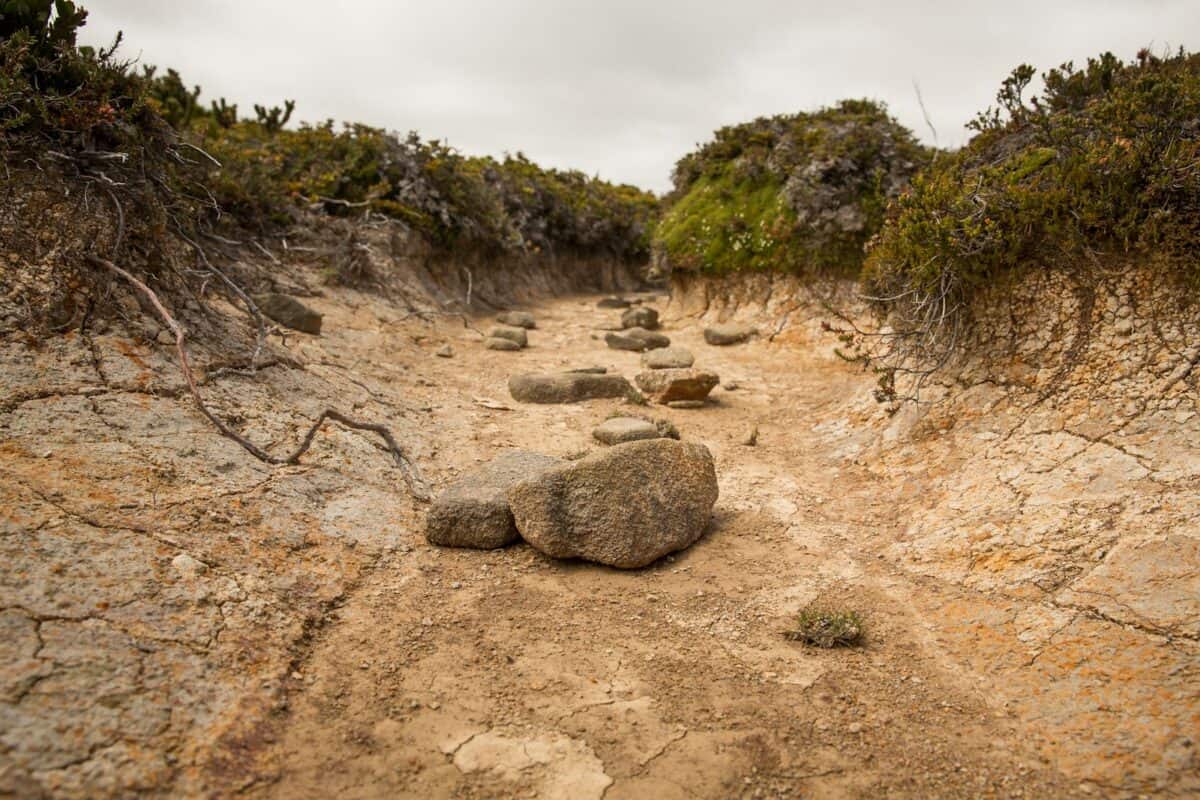
While agriculture would experience the most immediate economic impacts of a mega-drought, the economic consequences would extend throughout virtually every sector. Tourism and recreation industries would suffer as reservoirs, rivers, and lakes that attract visitors for boating, fishing, and water sports disappear or become severely diminished. The skiing industry would face shorter seasons and less reliable snowpack. Property values would decline throughout affected regions as water scarcity makes certain areas increasingly uninhabitable, potentially triggering a regional housing market collapse. Insurance markets would face disruption as drought-related risks—including property damage from subsidence, increased wildfire probability, and agricultural losses—exceed the industry’s risk models. Economic analyses suggest that a multi-decade mega-drought could reduce GDP in affected regions by 5-10% annually, with cumulative losses potentially reaching trillions of dollars. The resulting tax base erosion would further complicate government efforts to fund adaptation measures, creating a negative feedback loop that amplifies the drought’s economic damage.
Infrastructure Failure and Public Health Concerns

America’s aging water infrastructure would face unprecedented stress during a mega-drought. Municipal water systems designed for consistent water availability would struggle with reduced pressure, increasing the risk of bacterial contamination and system failures. Wastewater treatment facilities would face operational challenges as reduced water flows concentrate pollutants beyond design specifications. Beyond water systems, soil drying would accelerate infrastructure damage through subsidence—the gradual sinking or settling of the ground. This phenomenon already damages foundations, roads, and pipelines in drought-prone regions, but would become much more widespread during a mega-drought. Public health consequences would include increased respiratory illnesses from elevated dust and particulate matter, higher incidence of valley fever and other soil-borne diseases, and mental health impacts associated with economic distress and displacement. Water-borne disease outbreaks could increase as water quality deteriorates in community systems or as people turn to untreated water sources when municipal supplies fail.
Wildfire: The Mega-Drought’s Most Visible Symptom
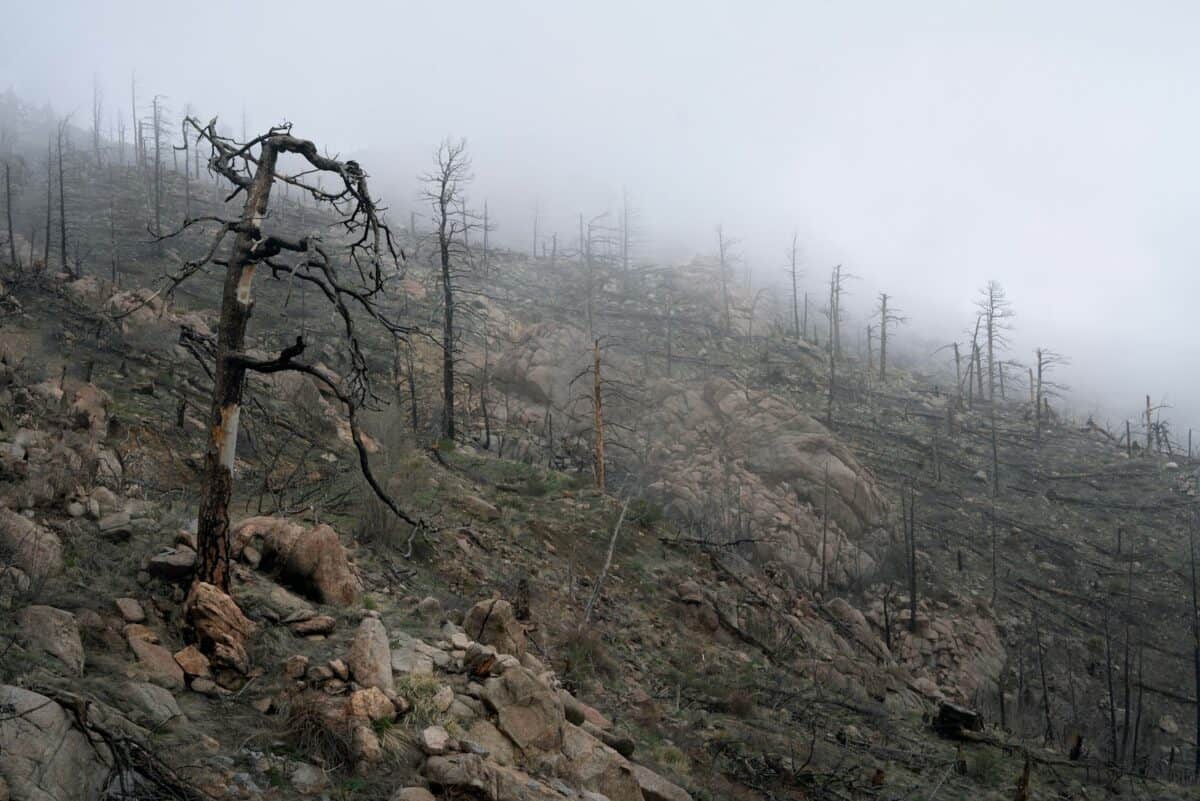
While drought itself may develop slowly, catastrophic wildfires would provide the most dramatic and immediate evidence of a mega-drought’s progression. The relationship between drought severity and wildfire risk is well-established, with long-term moisture deficits creating ideal conditions for extreme fire behavior. During a mega-drought, fire seasons would extend by months, with “fire weather” conditions becoming the norm rather than the exception throughout much of the year in western states. The scale of wildfires would likely exceed anything in modern experience, potentially burning millions of acres annually and creating persistent smoke plumes that could affect air quality across the entire continent. Communities throughout the wildland-urban interface would face repeated evacuation orders or be abandoned entirely as insurance becomes unavailable in high-risk areas. Fire suppression costs would overwhelm federal and state budgets, potentially forcing a fundamental rethinking of how society manages wildfire risk. The ecological impacts of these mega-fires would be long-lasting, as some forest types might fail to regenerate under the changed climatic conditions, leading to permanent ecosystem transitions.
Adaptation Strategies and Technological Solutions
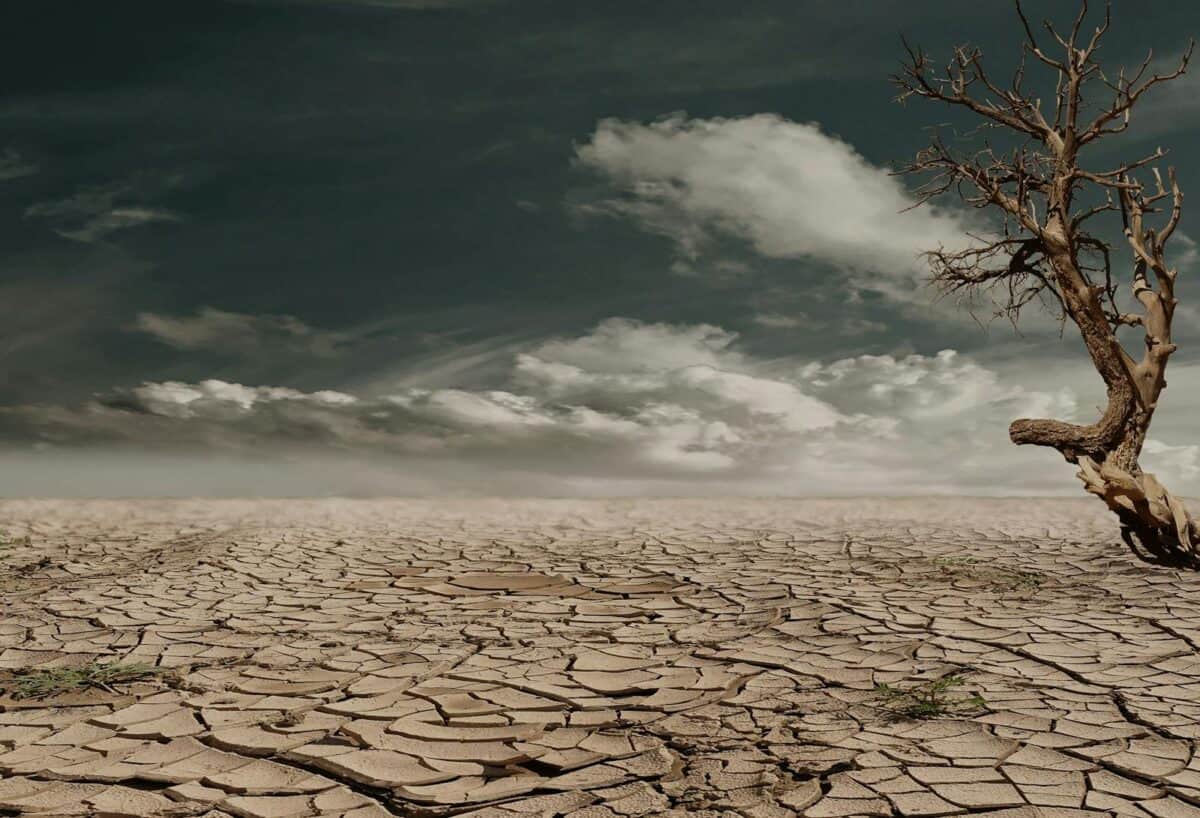
Facing the prospect of a mega-drought, communities and governments would accelerate adaptation efforts, though many would come too late to prevent significant disruption. Water recycling and reuse would become standard practice throughout affected regions, with treated wastewater being directed to agricultural and industrial uses rather than discharged into waterways. Desalination capacity would expand dramatically along coastal areas, though the high energy requirements and environmental impacts of these facilities present their own challenges. Agricultural practices would undergo revolutionary changes, with drought-resistant crop varieties and precision irrigation technologies becoming essential rather than optional. Artificial intelligence systems for water management would optimize the distribution of increasingly scarce resources. At the household level, xeriscaping (low-water landscaping) would replace lawns, and homes would incorporate greywater systems and ultra-efficient appliances. While these adaptations could significantly reduce water demand, the scale of a true mega-drought would likely overwhelm even the most aggressive conservation efforts in many regions.
Government Response and Policy Challenges
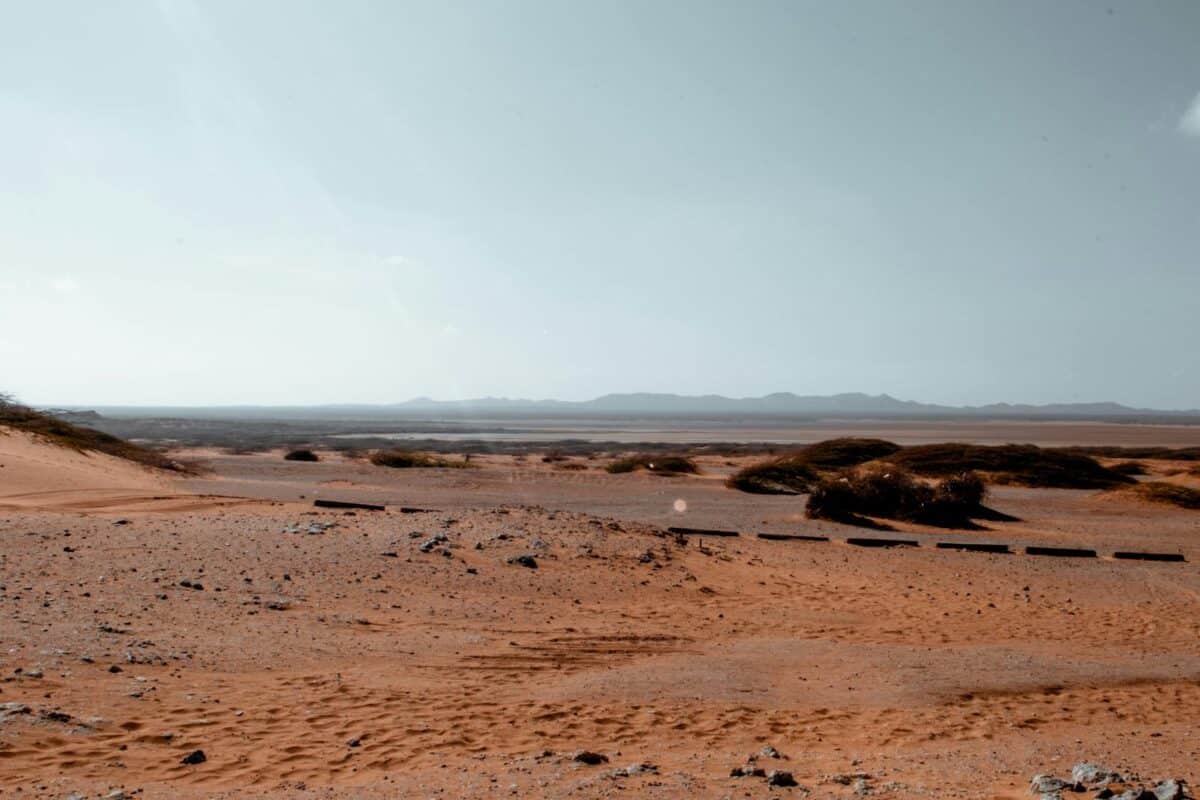
A mega-drought would test government institutions at every level, potentially revealing critical weaknesses in our disaster response systems. Unlike hurricanes or floods, which prompt immediate federal emergency declarations and assistance, droughts develop gradually and often fail to trigger rapid response mechanisms. Current drought aid programs focus primarily on agricultural relief rather than comprehensive community support. During a mega-drought, federal agencies would likely establish drought emergency zones requiring billions in federal assistance annually. Water rights laws—many dating back to the 19th century and based on the principle of “first in time, first in right”—would prove increasingly unworkable, necessitating comprehensive legal reforms. The political challenges would be immense, as communities and economic sectors compete for dwindling resources. International agreements, particularly with Mexico and Canada regarding shared watersheds, would require renegotiation under crisis conditions. The federalist system would be tested as state governments in affected regions seek greater federal assistance while simultaneously asserting local control over diminishing water resources.
Historical Lessons: Past Mega-Droughts and Their Consequences
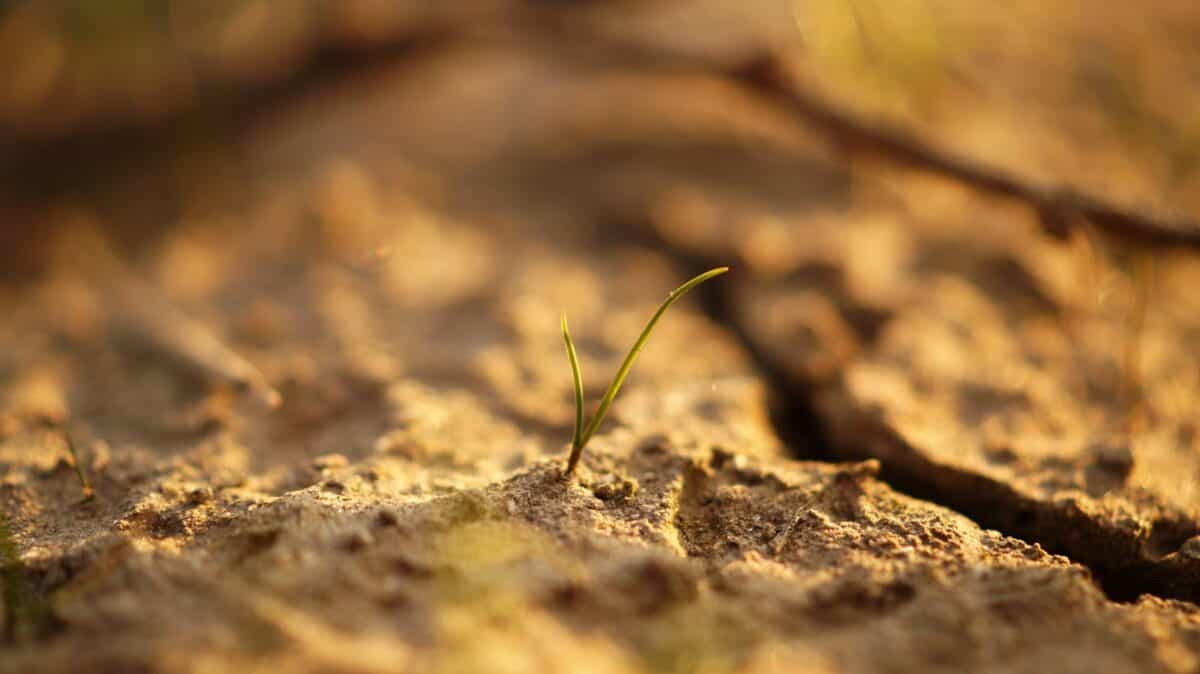
While contemplating future mega-droughts, we can gain valuable insights from how past societies responded to similar events. Paleoclimate research has revealed that North America experienced several mega-droughts between 900 and 1600 CE that dramatically affected Native American civilizations. The Ancestral Pueblo people of the Colorado Plateau abandoned numerous settlements during a 13th-century mega-drought, migrating to areas with more reliable water sources. Similarly, Mississippian societies reorganized their agricultural systems and settlement patterns in response to climatic stress. More recently, the Dust Bowl of the 1930s—though shorter than a true mega-drought—demonstrated how rapid environmental change can trigger mass migration and economic collapse. The key distinction today is our society’s greater technological capacity but also our reduced mobility and higher population density. Unlike past societies that could relocate relatively easily, our fixed infrastructure and property-based economic systems create tremendous inertia that makes adaptation more difficult. Archaeological evidence suggests that societies that survived mega-droughts typically did so through dramatic social reorganization, technological innovation, and cultural adaptation—all processes that entail significant disruption before new equilibriums are established.
Conclusion: Preparing for an Arid Future

The threat of a mega-drought striking the United States represents one of the most significant climate security challenges of our era, yet remains underappreciated in public discourse and policy planning. Scientific evidence indicates that the American West may already be experiencing the early stages of a mega-drought, with climate change increasing both the likelihood and potential severity of such events. The consequences would cascade through our food systems, energy infrastructure, ecosystems, and communities in ways that would transform American society and geography. While technological solutions and adaptation strategies exist that could mitigate some impacts, the scale of disruption from a true multi-decade mega-drought would overwhelm many of our existing systems and institutions. Preparing for this possibility requires not just infrastructure investment and water conservation, but fundamental reconsideration of where and how we live, what we grow, and how we govern scarce resources in an increasingly water-stressed nation. The choices we make in the coming decades—about carbon emissions, water management, agricultural practices, and development patterns—will determine whether a future mega-drought becomes a manageable challenge or a catastrophic disruption to American civilization.
- This Tiny Bird’s Migration Covers the Entire Western Hemisphere - August 21, 2025
- The Most Infested Swamp in America—And the Creatures That Call It Home - August 21, 2025
- Do Cats Know Their Names? Science Says Yes - August 21, 2025

